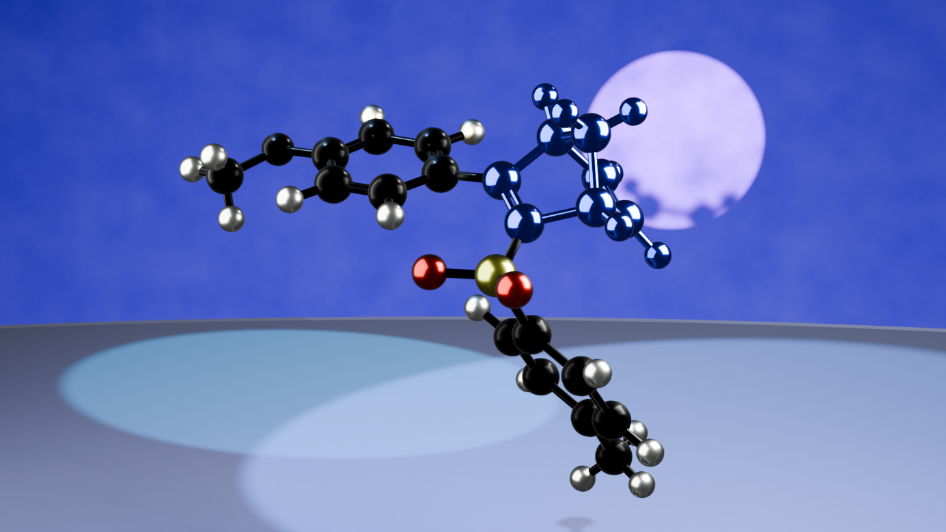Molecular Solar Thermal Technologies
Molecular Solar Thermal Technologies

We are interested in the development of new photo-switchable molecules to harvest solar energy. We aim to use these as molecular solar thermal (MOST) systems for the direct storage of light energy in form of chemical strain energy, which can be released as heat. Our focus is on the norbornadiene/quadricyclane (NBD/QC) couple, as it provides the most promising photophysical features for long-term energy storage. The energy lean NBD can be photochemically isomerized into the high-energy QC derivative, thereby converting sun light into strain energy. However, a significant drawback of these systems is the mismatch between the solar emission spectrum and the NBD absorption. This challenge can be addressed by chemical functionalization of the parent molecule, fine-tuning the properties of the photoswitch. Here, the most commonly applied strategy relies in the generation of a push-pull system by 2,3-disubstitution. By this means, certain key factors are adjusted by demand to establish the ideal energy harvesting derivative:
- High storage capacity and density
- Enhanced absorption features and good quantum yields
- Cyclability and fatigue resistance
